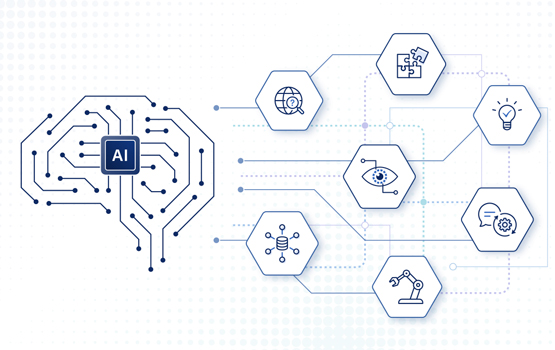Jona Scholz, M. Sc.
- Research Associate
- Group: Prof. Becker
- Room: 2.26
CS 30.10 - Phone: +49 721 608-45288
- jona scholz ∂does-not-exist.kit edu
- Engesserstr. 5
76131 Karlsruhe

Neuromorphic computing
Spiking neural networks add a temporal dimension to classic artificial neural networks. Instead of one-off activations, they model the dynamics of neurons that can emit short action potentials (spikes) over time. Similar to the brain, only certain parts of the network are active at any one time. This behavior opens up new possibilities for recurrent architectures, alternative learning methods and particularly energy-efficient inference.

Learning in neural networks
The human brain learns new concepts surprisingly quickly and can adapt flexibly to unknown tasks. In comparison, modern neural networks usually require huge amounts of data for training and are restricted to narrowly defined fields of application. This raises fundamental questions: Is it due to common architectures such as multilayer perceptrons or transformers? Are they perhaps too inflexible to generalize across different areas? Do we need completely new training approaches beyond backpropagation and gradient descent? Or do we actually already have the right tool with the existing methods, only one crucial part of the overall picture is still missing?

